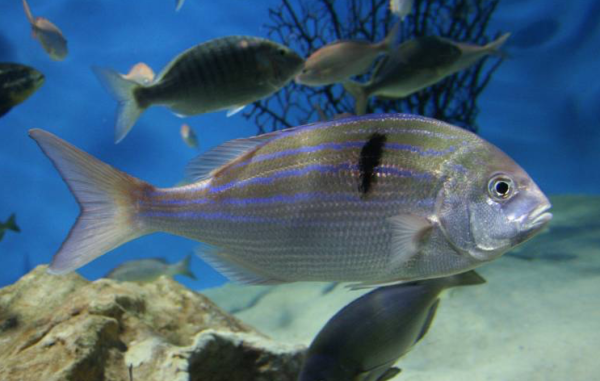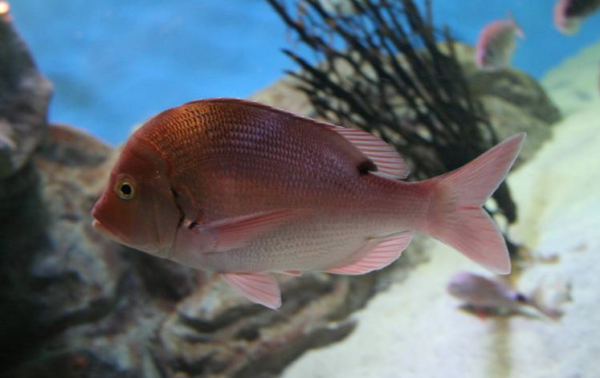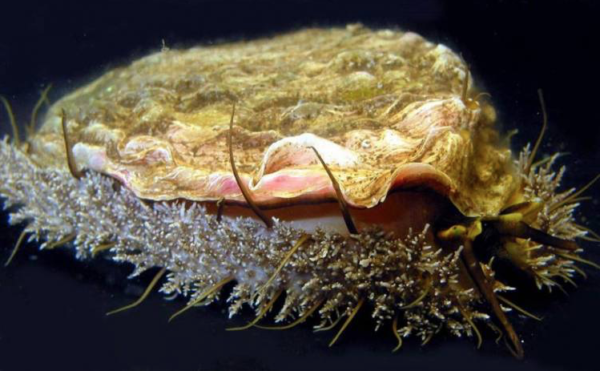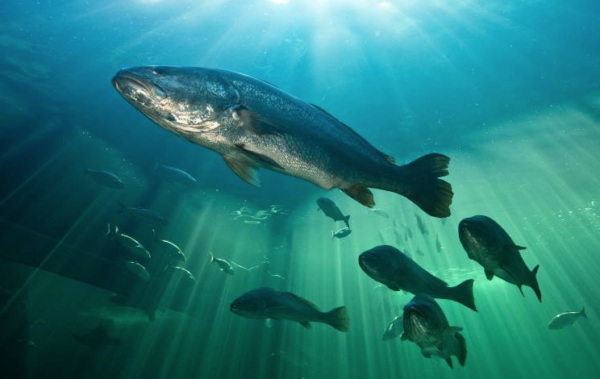Species extinction is largely caused by the loss of habitats and although the sea is vast, there are many species who depend on specific environments and conditions to survive, which are now being disrupted.
In future, some of these aquatic Western Cape species may no longer be around because of this.
Here are 10 Cape native species now suffering from habitat loss:
1. The African Penguin
African penguins are one of the most well-known sufferers of habitat loss. After hundreds of years of egg-poaching, guano mining and overfishing of their main food sources, this cute species has had to leave their colonies behind and establish newer footholds – such as the famous Boulders Beach colony. This is still not an ideal habitat for these feathered friends, however, as they face new risks and challenges.
2. Kysna Seashorse
Unfortunately, the Knysna seahorse holds the title of the “world’s most endangered seahorse” – one that no South African can be proud of. Found only in the Swartvlei and Knysna estuaries, where pollution and changes to the shape of the estuaries caused by construction have resulted in mass mortality.
3. Green Sea Turtles
Green sea turtles are at risk due to habitat destruction through their lives. Their nesting beaches have been largely devastated by litter, feral dogs and rats, light pollution, construction, erosion and careless human use. Feeding grounds that younger turtles depend on are largely overexploited by commercial fisheries and even large adults are regularly caught by longline fisheries or trapped in abandoned fishing gear drifting in the ocean.
4. Seventy-fours

Seventy-four sea breams are large, deep ocean dwellers that return annually to the same location to breed. These locations have unfortunately been overexploited by fisheries for decades.
Although many of their important spawning locations are now protected, illegal fishing, as well as a low number of remaining adults in these areas, have severely damaged their chances of recovery.
The seventy-four is now “Critically Endangered”, the most severe rating on the IUCN Red List.
5. St. Josephs Sharks
These unusual-looking fish is yet another species in danger of extinction. One of the few species of chimaera that inhabit shallow, coastal waters where they spend much of their young lives in the shallow nurseries where they hatch. Unfortunately, this makes them susceptible to being caught in large numbers as they are displaced by various fishing activities in these waters.
This unique group was once abundant but has dropped drastically in numbers.
6. Dageraads

Dageraads called the rocky reefs on the coast of southeastern Cape home – making them prime targets for shore fishing. All dageraads begin life as females, only changing to male when they grow over 40cm. Unfortunately, their slow growth rates and the fact that they prefer to stay near one reef means that each individual dageraad has a very low chance of growing to a sufficient size to become male before being caught.
7. Perlemoen

Its no secret what issues plague perlemoen, or abalone, large-scale poaching, badly managed fisheries, an obsession with free ashtrays, etc.
What few people know is that this decline is linked to habitat degradation caused by another endangered animal, the West Coast rock lobster. Young abalone are easy meals for fish, so they hide under the spines of sea urchins. A recent influx of kreef to the Southern Cape coast has caused a decline in the local sea urchin population and with it a decline in juvenile abalone.
8. White Steenbras
White steenbras were once an abundant fish in South Africa, but the destruction of their spawning habitats have resulted in a decline to just 5% of their original population. White streenbras spawn in estuaries where fishermen have targeted them on a grand scale and their pollution has been affected heavily.
9. Kabeljou

Giant kob, sometimes called dusky kob or kabeljou, are subject to severe overfishing and face the destruction of their estuarine spawning grounds. Numbers have been depleted to as little as 1% of their original stock, and for that reason, they are on the WWF SASSI red list.
10. African Black Oystercatcher
With fewer than 10 000 African Oystercatchers left in the wild, their habitat needs to be protected from human abuse.
Holiday-goers often disturb Oystercatchers and drive them away from their nests, causing their eggs to overheat in the sun. Simple human lifestyle choices are driving one of our most iconic coastal birds towards extinction.
These are just 10 of the currently endangered species in South Africa and Cape Town that are considered treasures whose habitats need protection – you can be a part of protecting these species and others by being more away and making eco-friendly decisions.
You can be part of protecting our environmental heritage for future generations by supporting the implementation of Marine Protected Areas by or government. You can learn more about MPAs at the recently installed MzanSea Marine Protected Areas exhibit at the Two Oceans Aquarium.
Pictures: Two Oceans Aquarium

